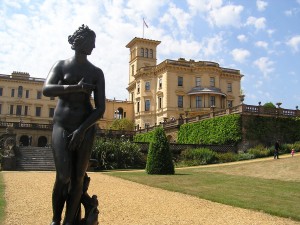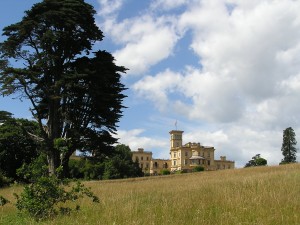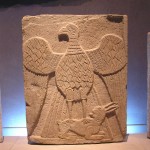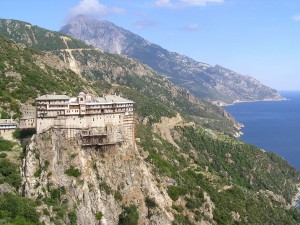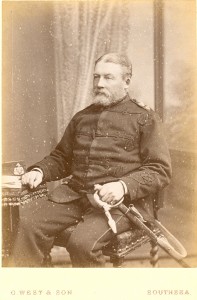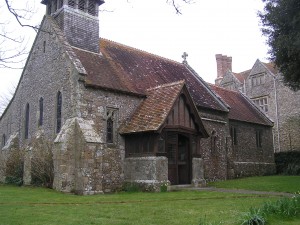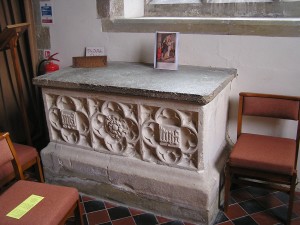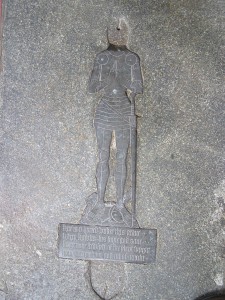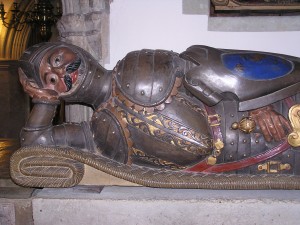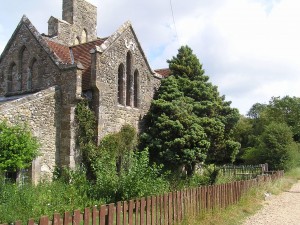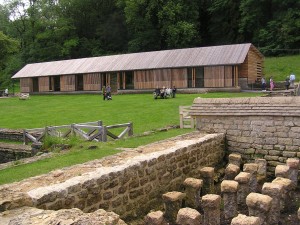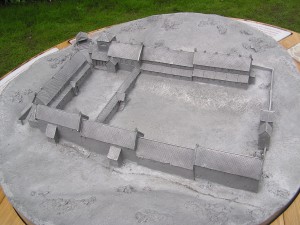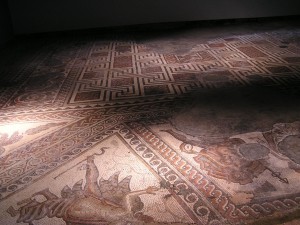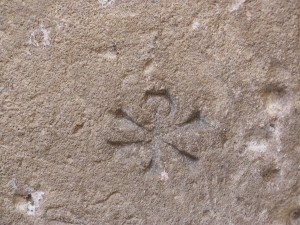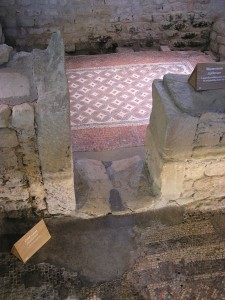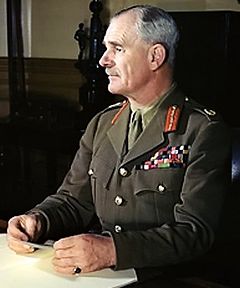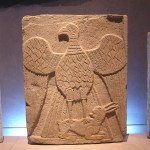
Schoolboys and girls learning classical Greek are often heedless of their good fortune. They refer to it scornfully as ‘a dead language’. However, the death of Greek has been grossly exaggerated. A language is never dead as long as a body of literature survives. And what a body of literature: Homer and Herodotus, Aristophanes and Plato – men whose words, thoughts and stories resonate through the ages, still well-known, loved and relevant after nearly three millennia.
Boys and girls grappling with the Greek alphabet should bear in mind that, but for the Greeks, it is doubtful that we would be able to write at all. The ancient Greeks improved on the system of symbols that they had learnt from the Phoenicians, and invented vowels, so that it was possible for the first time to represent the full range of sounds in a written form. The Greek alphabet was the world’s first true alphabetic writing system. The unwilling pupil may disagree, but their system was so simple to learn that it made widespread literacy feasible for the first time. All modern western alphabets are directly descended from the Greek alphabet. The Romans borrowed from it shamelessly and the Latin alphabet, in which English is written today, includes no fewer than nine unaltered Greek letters.
This supposedly ‘dead’ language lives on, moreover, in all modern European languages, including English. We, the speakers of English, continue to use not only Greek letters but numerous Greek words in their original form – chaos, orchestra, climax, zone, analysis, idea, crisis, character, emphasis, echo, scene. There are countless other English words that have been adapted from the Greek – economy, philosophy, aristocracy, democracy, strategy, zoology, catholic, holocaust, psychiatry. How impoverished our language would seem, if all these words were taken away!
It is, however, in the language of modern Greece that we see the strongest signs of life. Modern Greek is far closer to ancient Greek than Italian is to Latin. Visitors to Greece who have studied the classical language will easily interpret the sign that reads Ἐθνικη Τραπεζα της Ἑλλαδος (National Bank of Greece). They might wonder how the word for ‘table’ (ἡ τραπεζα) has come to mean ‘bank’ – except that it had already acquired that sense in classical times. Similarly, they will readily understand the signs in parks that read: ΑΓΑΠΑΤΕ ΤΑ ΔΕΝΔΡΑ – ‘Love (or be kind to) the trees’. There are unadapted words still in use in modern Greece that appear on the earliest recorded Greek texts, dateable to about 1400 B.C. (they are contained in the clay tablets, written in the so-called ‘Linear B’ syllabic script, found at the Mycenean palaces of Knossos and the mainland) – words like ἐχω, I have, θεος, god, μελι, honey, παλαιος, old. It is only the pronunciation that has changed, and that is easily mastered.
Modern schoolboys and girls are taught ‘Attic’ Greek, the dialect of Athens (capital of Attica) in its classical heyday. The power and prestige of Athens ensured that its dialect became the standard speech throughout the Greek world. Most of the surviving classical Greek literature is in Attic Greek. It was spoken, or at least written, in the East Roman or ‘Byzantine’ Empire, which survived the fall of Rome by a thousand years, until it, too, fell to invaders, the Turks, in 1453 A.D. In modern Greece, Attic is still considered the ‘correct’ form of the language, other usages being merely colloquial.
He may not appreciate it, but ancient Athens is as relevant to an English schoolboy as it was to his Byzantine counterpart. In 508 B.C., one of its elder statesman, Cleisthenes, proposed at a public meeting that the Athenian constitution should be changed, and that all major decisions should thenceforth be agreed at a public assembly. Those eligible to attend would eventually include all male citizens, whatever their class or means, over the age of thirty. Slaves (mere chattels) and women (unreasoning inferiors) were of course excluded, but every male citizen was included equally. The invention of ‘democracy’, the means by which Athens was to be governed during its classical age, was the Athenians’ enduring legacy to the world.
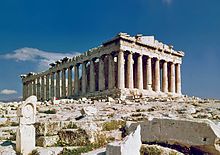 It was during that enlightened period that Athens also gave the world both tragic and comic drama and some of the wonders of classical art, of which the Parthenon complex, on the Athenian acropolis, is surely the defining monument. Medicine, mathematics, philosophy, even atomic theory, were all advanced there. It was in Athens, too, that another form of literature was invented, by Herodotus: the writing of ‘history’, based not on myth and hearsay but on reasoned enquiry. History-writing as we know it had simply not existed before, and Herodotus was its father. Athens, ‘the great democracy’, was thus the ‘seat of a culture which could be said to be the “education of Greece”. The thinking, the theatre, the arts, the varied lifestyle which we still admire were all Athenian or based in Athens’ (Robin Lane Fox, The Classical World, London, 2006, p.161).
It was during that enlightened period that Athens also gave the world both tragic and comic drama and some of the wonders of classical art, of which the Parthenon complex, on the Athenian acropolis, is surely the defining monument. Medicine, mathematics, philosophy, even atomic theory, were all advanced there. It was in Athens, too, that another form of literature was invented, by Herodotus: the writing of ‘history’, based not on myth and hearsay but on reasoned enquiry. History-writing as we know it had simply not existed before, and Herodotus was its father. Athens, ‘the great democracy’, was thus the ‘seat of a culture which could be said to be the “education of Greece”. The thinking, the theatre, the arts, the varied lifestyle which we still admire were all Athenian or based in Athens’ (Robin Lane Fox, The Classical World, London, 2006, p.161).
The limited vocabulary and subject matter that are required for Common Entrance and Scholarship exams are all redolent of ancient Athens, that tiny city, of only about 50,000 inhabitants, where such remarkable things happened. Words that appear frequently include:
ὁ δεσποτης, master, and ὁ δουλος, slave. It is ironic that a citizenry believing in ‘democratic’ freedom should also have been slave-owners. In fact, there were at least two slaves (almost all non-Greeks, traded on the wharves of Piraeus) for every citizen. They were central to the Athenian economy, working in the silver mines that were its mainstay, as well as in agriculture or in various crafts or as household servants. Many were recognisable only by their tattoos. A general in the Persian Wars once had an important message tattooed onto the shaved head of a slave, not trusting him to convey it verbally.
The native-born Athenian is a citizen, ὁ πολιτης (origin of our word ‘politician’), entitled to have his democratic say, who considers it humiliating to serve any master but himself – hence the number of one-man businesses and crafts in the city. He is jealous, too, of ὁ οἰκος, his house, often built round a courtyard, with an upper storey to accommodate the slaves. Here, the οἰκος νομος, law or organisation of the household, prevails – whence our word ‘economy’. The streets are so narrow and crowded that is it usual to knock before you exit – the doors are large and they open outwards.
ἡ ἀγορα, the market-place, is a focal point of the city. All roads lead to it, a meeting place as well as a shopping centre, enclosed by colonnaded buildings and numerous shrines, where I might θεραπευω (worship) or θυω (sacrifice) to my favourite θεος (god) or θεα (goddess). Here also the judge, ὁ κριτης, administers justice. Other prominent features are τα μακρα τειχη, the long walls that surround the city.
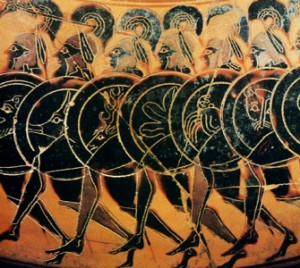 Most noticeable of all are the frequent military references in the exams, for the Athenian army, ἡ στρατια, was a citizen army. The soldier, ὁ στρατιωτης, must equip himself – if he can afford it – with τα ὁπλα, the arms, that are required of ὁ ὁπλιτης, the ‘hoplite’ or infantryman. Consisting of a gleaming breast-plate, helmet and greaves (to cover the calves and shins), and a large, circular shield (about three feet in diameter), these are prominently displayed in ὁ οἰκος. These weapons probably weighed up to fifty pounds, but made the wearer almost invincible to frontal attack, and the Greek hoplites in their legendary formation, ὁ φαλαγξ, one of the most effective fighting forces in the ancient world. The general, ὁ στρατηγος, who led them was a tribal official and there were regular opportunities to στρατευω, march or go on an expedition, or to pitch camp, το στρατωπεδον. Nor should one forget the real source of Athenian military might, the fleet of triremes, αἱ τριηρεις, manned by οἱ ναυται, the sailors, who are also proudly free.
Most noticeable of all are the frequent military references in the exams, for the Athenian army, ἡ στρατια, was a citizen army. The soldier, ὁ στρατιωτης, must equip himself – if he can afford it – with τα ὁπλα, the arms, that are required of ὁ ὁπλιτης, the ‘hoplite’ or infantryman. Consisting of a gleaming breast-plate, helmet and greaves (to cover the calves and shins), and a large, circular shield (about three feet in diameter), these are prominently displayed in ὁ οἰκος. These weapons probably weighed up to fifty pounds, but made the wearer almost invincible to frontal attack, and the Greek hoplites in their legendary formation, ὁ φαλαγξ, one of the most effective fighting forces in the ancient world. The general, ὁ στρατηγος, who led them was a tribal official and there were regular opportunities to στρατευω, march or go on an expedition, or to pitch camp, το στρατωπεδον. Nor should one forget the real source of Athenian military might, the fleet of triremes, αἱ τριηρεις, manned by οἱ ναυται, the sailors, who are also proudly free.
The purpose of studying classical Greek is to understand the rich heritage of Athens, and to be able to read the ancient authors in the original. That is why candidates for Common Entrance are asked to translate simplified passages from ancient literature, such as the story of the death of Hector at Troy that is in the January 2013 paper. To be able, in the process, to prove one’s superior intellect is just a happy side-effect.
